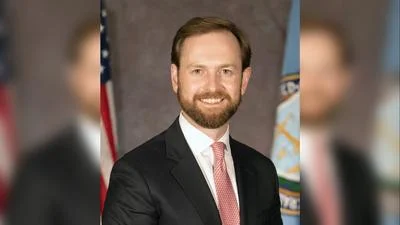The Congressional Record is a unique source of public documentation. It started in 1873, documenting nearly all the major and minor policies being discussed and debated.
“THE SAFE PIPELINES ACT OF 2000” mentioning the U.S. Dept. of Transportation was published in the House of Representatives section on pages H4172 on June 9, 2000.
The publication is reproduced in full below:
THE SAFE PIPELINES ACT OF 2000
The SPEAKER pro tempore. Under a previous order of the House, the gentleman from Washington (Mr. Metcalf) is recognized for 5 minutes.
Mr. METCALF. Mr. Chairman, tomorrow marks the first anniversary of the tragic pipeline explosion that claimed three lives of people in my district. It has been a difficult week for all of us as the attention has been once again focused on that terrible accident a year ago and we remember the sad day when hundreds of thousands of gallons of gasoline suddenly erupted in flames in a quiet part of Bellingham, Washington.
I have long held reservations about our system of pipeline safety regulations. Before I came to Congress, I worked to block construction of a pipeline in my home community. In 1996, I voted against a pipeline deregulation bill because I felt that it removed too many essential safeguards.
Since last year's accident, I have redoubled my efforts to improve the regulatory climate. Earlier this year, I introduced H.R. 3558, the Safe Pipelines Act of 2000. Under my legislation:
Number one, pipelines will be required to be inspected both internally and with hydrostatic tests. Pipelines with a history of leaks will be specifically targeted for more strenuous testing.
Number two, all pipeline operators will be tested for qualifications and certified by the Department of Transportation.
Number three, the results of pipeline tests and inspections will be made available to the public and a nationwide map of all pipeline locations will be placed on the Internet so ordinary citizens can easily access it.
Number four, all pipeline ruptures and spills of more than 40 gallons will be reported to the Federal Office of Pipeline Safety.
Number five, States will be able to set up their own pipeline safety programs for interstate pipelines, provided that the States have the resources and expertise necessary to carry out the programs and that State standards are at least as stringent as the Federal standards.
In addition, the bill requires studies on a variety of technologies that may improve safety such as external leak detection systems and double-walled pipelines.
It has been difficult to get the attention of many of my colleagues on this issue. The phrase ``out of sight, out of mind'' certainly applies when pipelines are involved. Until a tragedy happens in a Member's own district, it is easy to ignore the many seemingly harmless pipelines which run underground.
Yesterday, the gentleman from Pennsylvania (Chairman Shuster) of the House Committee on Transportation and Infrastructure agreed to hold a hearing on my legislation in the coming weeks. I thank him for his efforts, and I hope the hearing will help draw the attention of more Members as we continue to work to pass comprehensive pipeline safety legislation this year.
The tragedy in my district was not the first deadly pipeline accident, and it will not be the last unless we come together to bring meaningful improvements to our pipeline safety regulations.
____________________








